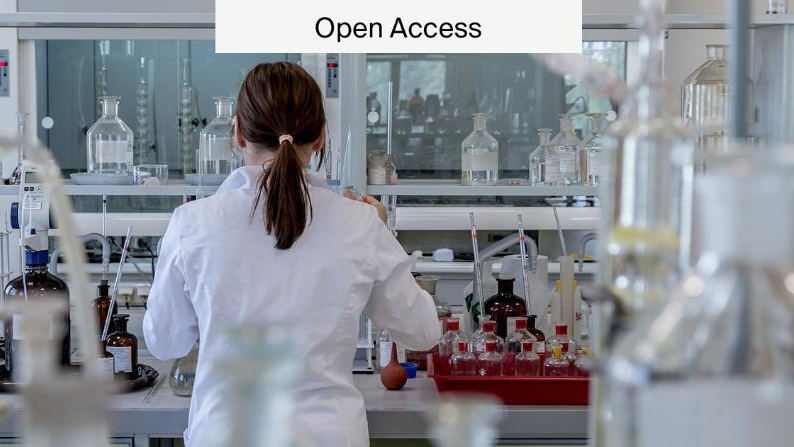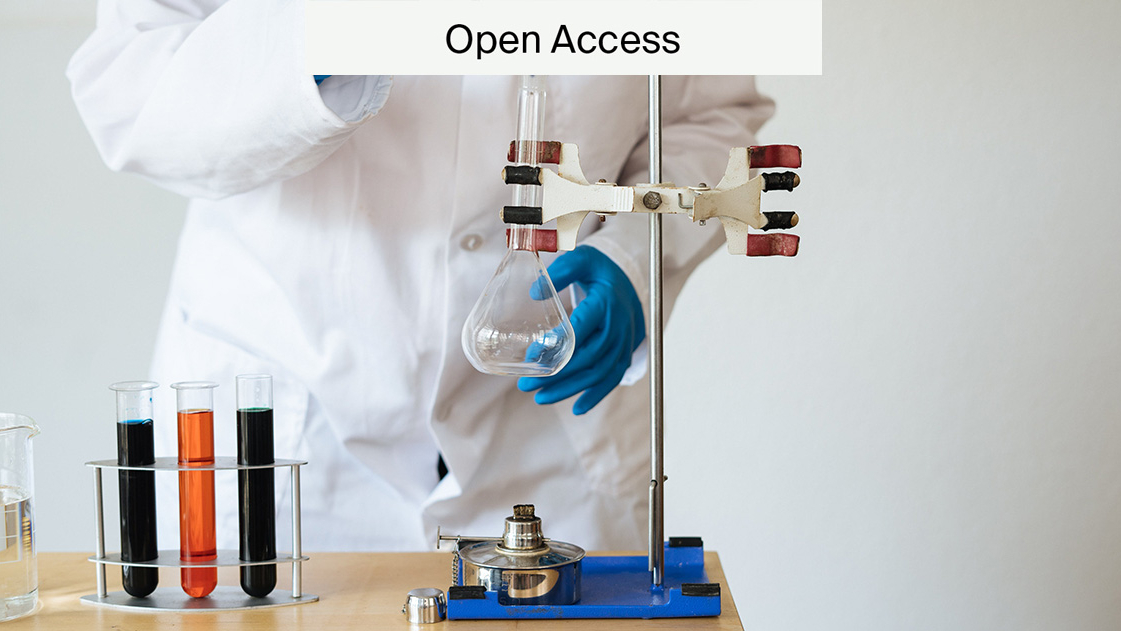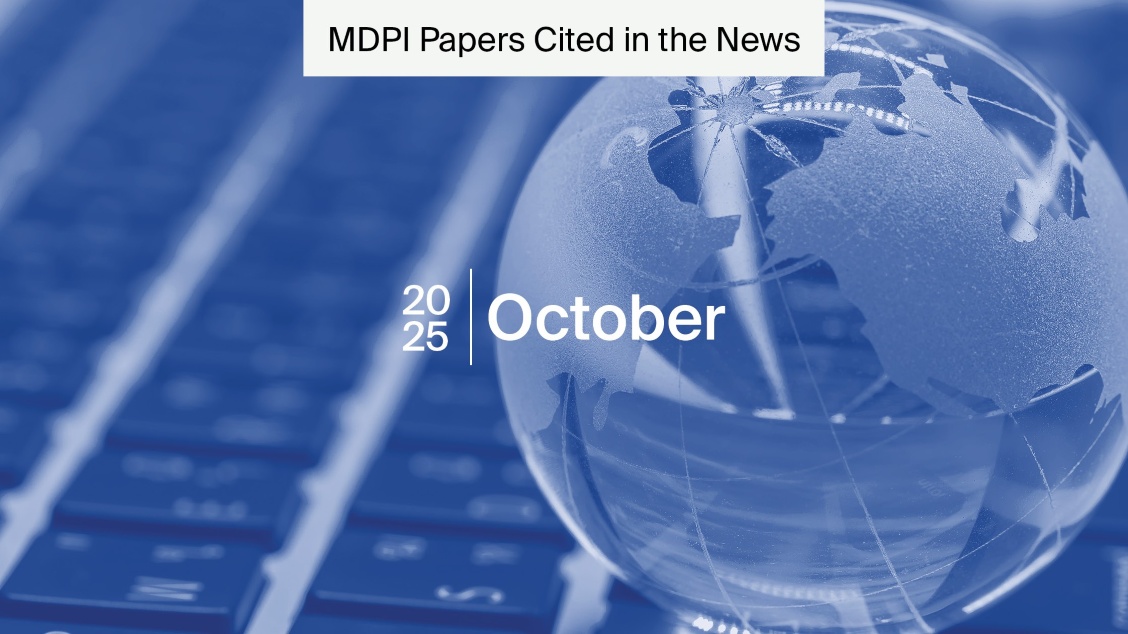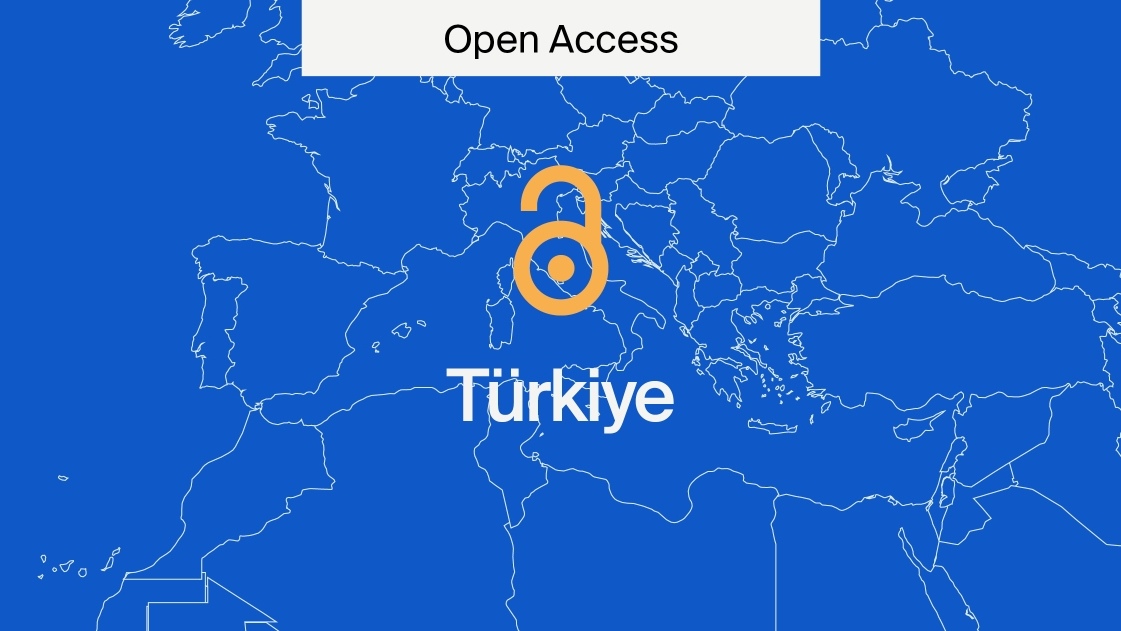
Five Breakthrough Moments in Science and Technology in 2022
Every year brings new innovations and discoveries by researchers in the science and technology field, and 2022 was no exception to this. There were many exciting projects and breakthrough moments in a range of fields.
There is excitement for more growth and new innovative concepts and ideas in 2023, building upon the developments made in 2022. This article describes 5 breakthroughs made last year and how they are predicted to impact this year’s discoveries.
1. Nuclear Fusion
2022 was a big year for alternative energy. The field of nuclear fusion had a huge breakthrough.
What is Nuclear Fusion?
Nuclear fusion is a chemical reaction that produces a large amount of heat which can be used to generate energy. It is the same process that powers the sun. The chemical reaction is produced by two light atomic nuclei that combine and form a single, heavier light atomic nuclei. This produces a large amount of energy.
Nuclear fusion produces massive amounts of energy with small amounts of radioactive waste. It is a complicated process to get right in the lab. This is because it takes a lot of energy input to produce the reaction. One difficulty was producing more energy than that going into the experiment. However, this was achieved for the first time in 2022.
There is still a long way to go in terms of producing viable amounts of energy, as this experiment only produced a small amount. “It’s about what it takes to boil 10 kettles of water”, said Jeremy Chittenden, co-director of the Centre for Inertial Fusion Studies at Imperial College in London.
2023 Breakthrough Predictions
This was a huge first step in the journey of nuclear fusion and clean energy. Achieving nuclear fusion in the lab is a huge breakthrough; however, much more work is needed to produce energy on a large scale to replace current energy sources. It’s predicted that 2023 will bring more advances in this field. In particular, the goal is to produce more fusion energy to start this process.
2. The James Webb Telescope
Space and the universe are still a huge mystery with lots to uncover. In December 2021, the James Webb telescope was launched. Its launch has been described as the successor to the previous telescope, Hubble. Since Hubble’s launch in 1990, there have been many advances in telescope technology.
James Webb Telescope vs Hubble
The James Webb telescope is six times larger and one hundred times more powerful than Hubble. In addition, the placement of the James Webb telescope in comparison to Hubble is also crucial. Hubble is placed inside the earth’s orbit, capturing images from low Earth orbit, whereas the James Webb telescope is placed out of the Earth’s orbit, thousands of miles out in Earth’s shadow.
This is an ideal location as it’s permanently blocked from sunlight. It’s further protected by a multilayer sun shield. This allows the telescope to stay at a temperature of -370°C, which is ideal for infrared light.
Since its launch, the telescope has provided a lot of insight into the universe and the field of astronomy. Because of its power and location, it can take us back in time by 13 billion years, to the formation of stars and historic galaxies.
2023 Breakthrough Predictions
The telescope provided stellar results and images in 2022. This includes an incredible photo of Jupiter and very descriptive photos of nebulas from various galaxies. The telescope has already captured incredible moments in 2023. The first image of 2023 released from the telescope captured phenomenal views of early star formation. There is a lot of excitement around the telescope’s images and all the insight it will provide about the universe in 2023.
3. Breakthrough Alzheimer’s Treatment
Alzheimer’s is a progressive neurodegenerative disease. It’s caused by a continuous build-up of certain proteins in the brain. These proteins are tau and amyloid. It’s not known what initiates this build-up of proteins but over time they block key brain signals. This causes damage and toxicity to the brain, resulting in brain and nerve cell death.
There are no current treatments available that treat the root cause of Alzheimer’s, only the symptoms. In fact, in the past 20 years, there haven’t been any new drugs approved for the treatment of Alzheimer’s disease.
Immunotherapy
In 2022, researchers further developed other treatment opportunities such as immunotherapy. In particular, a lot of research was dedicated to a new drug called lecanemab, which was in the third stage of clinical trials.
Lecanemab is part of a new line of Alzheimer’s treatment that acts to remove the buildup of tau and amyloid proteins in the brain. The results from this trial were successful and released in November 2022. By removing the build-up of tau and amyloid proteins, the participants experienced a noticeable decline in their Alzheimer’s symptoms. This included a 27% difference in thinking and memory. In addition, this slowed their decline in quality of life by 56%.
2023 Breakthrough Predictions
Lecanemab was approved by the US Food and Drug Administration on an accelerated pathway in early January 2023. It was approved in the US based on early data. Because of this, early Alzheimer’s patients in the US can receive this treatment.
Before the treatment can be rolled out in other countries, it must be approved as a safe and effective treatment by other drug regulatory bodies. It’s been suggested that drug companies that are producing lecanemab will be applying for approval in Europe in early 2023. It’s expected to be approved for use in Europe in 2023.
4. Climate Change
In 2022, it was demonstrated how reliant the world is on fossil fuels. Alternative forms of energy are now being investigated more seriously. In addition, in 2022, 136 countries signed up to achieve net zero emissions by 2050.
COP 27
COP27 was held in November 2022, where crucial discussions took place. This included discussions on funding for loss and damage caused by climate change that cannot be adapted to. This was a huge breakthrough for developing countries that have been pushing for this topic to be discussed for decades. Developing countries argue that they suffer the most from climate change events but are the smallest contributors to the climate crisis. Because of this, they have been promoting the creation of a fund to cover the cost of the damage.
At COP27, it was agreed that a fund should be set up in aid of climate disasters. Furthermore, 340 billion euros were pledged for this. This included donations from the EU, New Zealand, and Canada.
Climate Events in 2022
Globally, 2022 was a huge year for extreme weather and climate change events. The US reported 18 disasters in total, with a cost of 18 billion US dollars. This included a range of weather events such as hurricanes, droughts, extreme floodings, and major storms.
Other countries also suffered from natural disasters caused by climate change. This included Afghanistan, which suffered the deadliest earthquake seen in years. A magnitude 5.9 earthquake struck Eastern Afghanistan in June 2022, resulting in landslides and destroying thousands of homes and lives. Afghanistan also suffered unseasonably heavy rainfall in August, resulting in severe floods. This climate disaster caused 182 people to lose their lives.
India also suffered severe flooding during their monsoon season, resulting in landslides causing at least 192 deaths. One of the most costly floods of the year took place in Pakistan from June to October 2022. Records were broken when the flooding caused mass destruction and washed away thousands of homes. This resulted in the deaths of at least 1,739 people. In addition, it has been predicted that it could take the flood waters up to 6 months to recede completely.
2023 Breakthrough Predictions
Globally, in 2022 there were many climate change events with devastating effects. Because of this, predictions for climate change in 2023 mostly involve reacting to and addressing these climate change events and coming up with solutions for these issues. This includes further exploring and establishing the loss and damage fund, which includes deciding who will contribute to the fund.
5. Artificial Intelligence
Artificial intelligence has led to huge developments in the past few years. This has aided technologies in various fields and disciplines.
What is Artificial Intelligence?
Artificial intelligence (AI) has been described in various ways over the years. It combines computer science and robust datasets to enable problem solving and simulate human intelligence processes with machines, such as visual perception, speech recognition, decision making, and language.
There were many landmark moments in 2022 for AI, including generative algorithms used for generative AI. Generative algorithms use models of the world to produce data and synthesize realistic images, sounds, and videos. The algorithm creates a simulated world that fits this model. Because of this, generative AI is often used in content creation and multimedia fields. It’s able to produce text, images, program code, poetry, and artwork. In addition, it’s often used in media, such as films, to fill narrative gaps. It can also be utilized by news media to generate short videos about events.
In 2022, there were big advancements for the open AI research laboratory. This includes DALL-E and ChatGPT.
DALL-E
DALL-E is an AI model that can generate images from text captions for various concepts.
It’s based on a generative pretrained transformer 3.5 model (GPT 3.5), the largest language model currently available. This can be used to create a range of images to use for many types of applications, including commercial use such as creating logos. These tasks are usually outsourced to other departments or other companies, which can take time and cost money. Producing these images from text captions is an ideal solution to this issue.
CHATGPT
ChatGPT is also based on GPT 3.5. It’s a language model that’s used for language-processing tasks such as text generation and language translation. It can generate human-like text responses for prompts. Because of this, it’s extremely useful for creating chatbots for customer service platforms. In addition, it can also be used to create social media posts.
AI has also created new modern-day issues, including the creation of deep fakes. Deep fakes use AI to replace the likeness of another in images and videos. This is a huge problem as deep fakes have such a close likeness to the real person that they can be used to impersonate anyone. This allows criminals to commit all types of crimes in someone else’s name.
In 2022, Intel created the first deep fake detector. It works by analyzing subtle blood flow in videos and produces quick results, which are 96% accurate.
2023 Breakthrough Predictions
Huge developments have been made in AI in 2022, and it’s exciting to project its development in 2023. It’s predicted that AI will be applied extensively in the medical field. This will both aid research and take pressure off healthcare professionals such as GPs.
It’s thought that AI could be useful for exploring new ideas in research. One example can be seen when looking at the 2021 Breakthrough Prize winner for Life Sciences. The winner, Dr. David Baker, used AI to produce new proteins that have never been seen before. It’s thought that the production of new proteins has the potential for therapeutic intervention in a range of diseases.
Conclusion
It is predicted that there will some huge developments in the science and technology field in 2023. It can be difficult to keep up with current developments and research studies. If you’re interested in keeping up to date on current research, Check out our MDPI journals. We have 411 peer-reviewed journals to choose from with a wide range of disciplines.











Good news on the about five best scientific findings in 2022